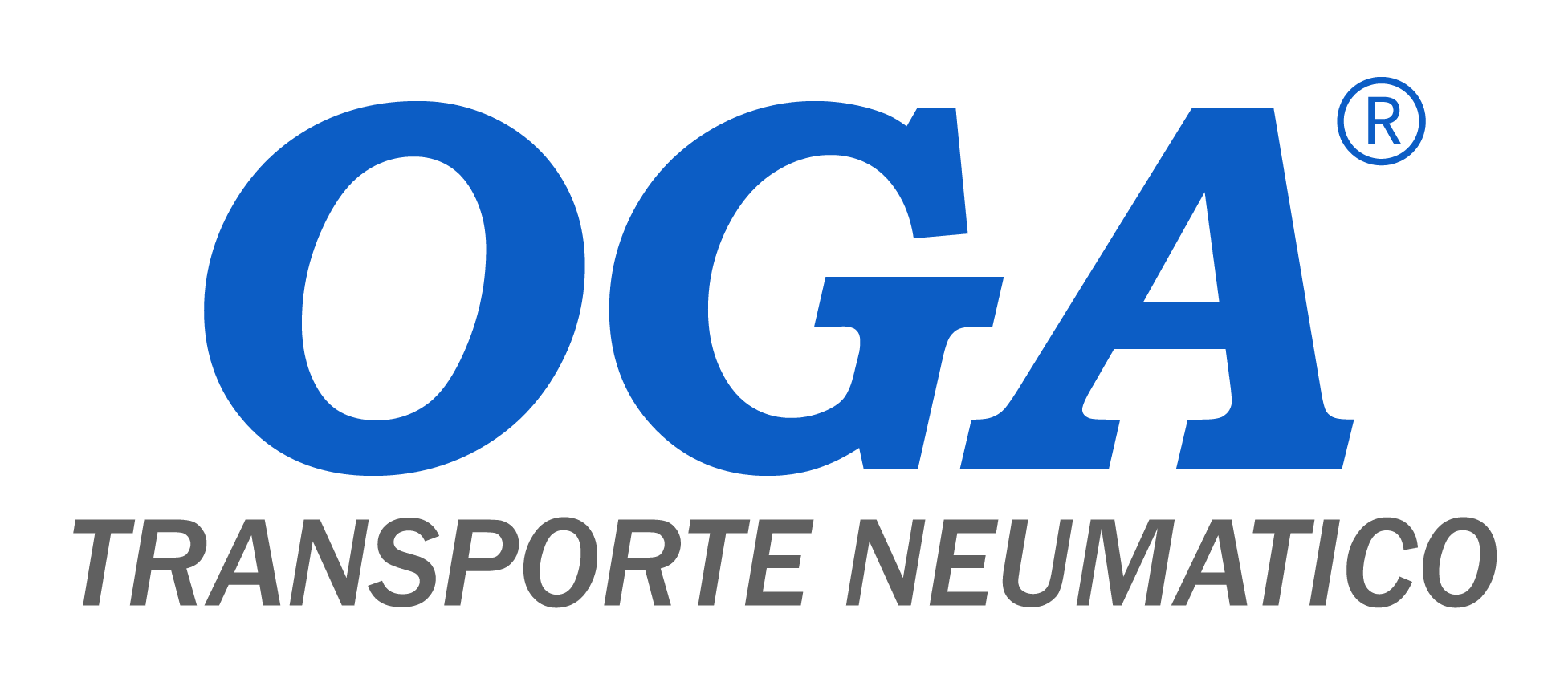









TRANSPORTE NEUMÁTICO
Diseño y fabricación de sistemas a la medida de su industria, con cobertura a nivel global.
TRANSPORTE NEUMÁTICO
Diseño y fabricación de sistemas a la medida de su industria, con cobertura a nivel global.
TRANSPORTE NEUMÁTICO
Diseño y fabricación de sistemas a la medida de su industria, con cobertura a nivel global.
TRANSPORTE NEUMÁTICO
Diseño y fabricación de sistemas a la medida de su industria, con cobertura a nivel global.
TRANSPORTE NEUMÁTICO
Diseño y fabricación de sistemas a la medida de su industria, con cobertura a nivel global.
TRANSPORTE NEUMÁTICO
Diseño y fabricación de sistemas a la medida de su industria, con cobertura a nivel global.
TRANSPORTE NEUMÁTICO
Diseño y fabricación de sistemas a la medida de su industria, con cobertura a nivel global.
TRANSPORTE NEUMÁTICO
Diseño y fabricación de sistemas a la medida de su industria, con cobertura a nivel global.
TRANSPORTE NEUMÁTICO
Diseño y fabricación de sistemas a la medida de su industria, con cobertura a nivel global.
TRANSPORTE NEUMÁTICO
Diseño y fabricación de sistemas a la medida de su industria, con cobertura a nivel global.










Design and manufacturing of pneumatic transport systems applied to multiple industries.
Design and manufacturing of pneumatic transport systems applied to multiple industries.
Design and manufacturing of pneumatic transport systems applied to multiple industries.
Design and manufacturing of pneumatic transport systems applied to multiple industries.
Design and manufacturing of pneumatic transport systems applied to multiple industries.
Design and manufacturing of pneumatic transport systems applied to multiple industries.
Design and manufacturing of pneumatic transport systems applied to multiple industries.
Design and manufacturing of pneumatic transport systems applied to multiple industries.
Design and manufacturing of pneumatic transport systems applied to multiple industries.
Design and manufacturing of pneumatic transport systems applied to multiple industries.
A clear choice!
Differences between a pneumatic conveying system and a mechanical system.
1. Energy Efficiency:
Pneumatic: Pneumatic conveying systems harness the power of compressed air to move materials, resulting in higher energy efficiency compared to mechanical systems, which often require powerful electric motors.
Mechanical: Mechanical systems rely on electric motors or internal combustion engines, leading to higher energy consumption and operational costs.
2. Material Versatility:
Pneumatic: They can transport a wide variety of materials, from fine powders to large granules, viscous liquids, and bulk products.
Mechanical: They may have limitations in terms of the types of materials they can effectively transport.
3. Noise and Vibration Reduction:
Pneumatic: Pneumatic conveying systems are generally quieter and generate fewer vibrations compared to mechanical systems, improving the working environment and reducing operator fatigue.
Mechanical: Mechanical systems often generate significant noise and vibrations, impacting worker comfort and safety.
4. Simplified Maintenance:
Pneumatic: They tend to require less maintenance than mechanical systems due to their simple design and fewer moving parts.
Mechanical: They may require more frequent and complex maintenance due to the greater number of moving components and wear.
5. Space and Plant Design:
Pneumatic: Pneumatic conveying systems take up less physical space and offer greater flexibility in plant design, allowing for more efficient distribution of machinery and equipment.
Mechanical: They may require more space and detailed planning in plant design.
6. Contaminant Control:
Pneumatic: Operating in a closed system, pneumatic systems minimize the release of dust and contaminants into the environment, crucial in industries with sensitive or hazardous materials.
Mechanical: They may generate more dust and contaminants, requiring additional measures for pollution control.
Ultimately, pneumatic conveying systems stand out for their energy efficiency, material versatility, and simplified maintenance. Additionally, they offer additional advantages in terms of noise reduction, space savings, and contaminant control.




